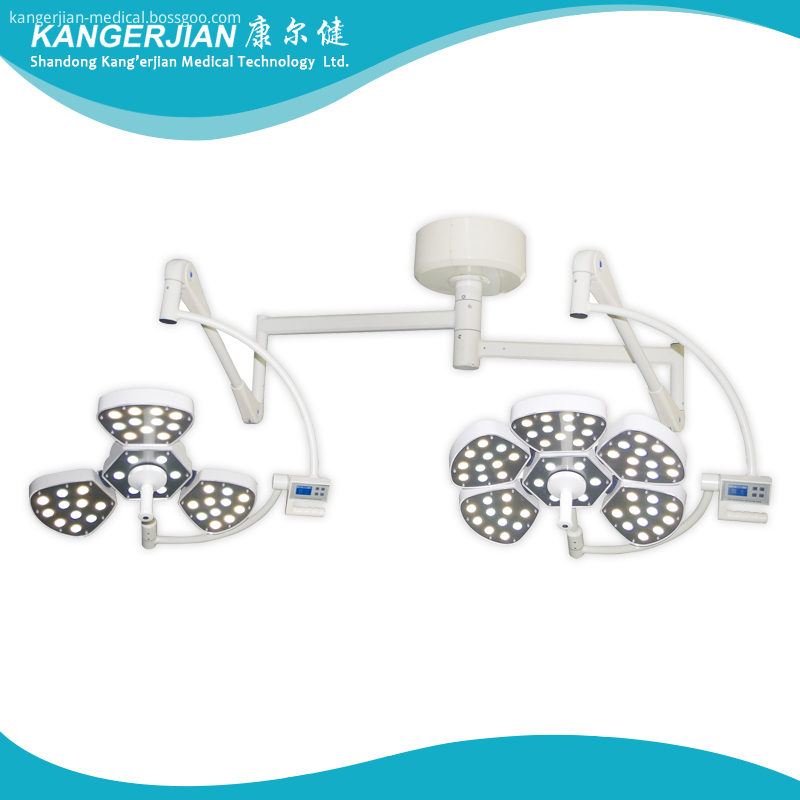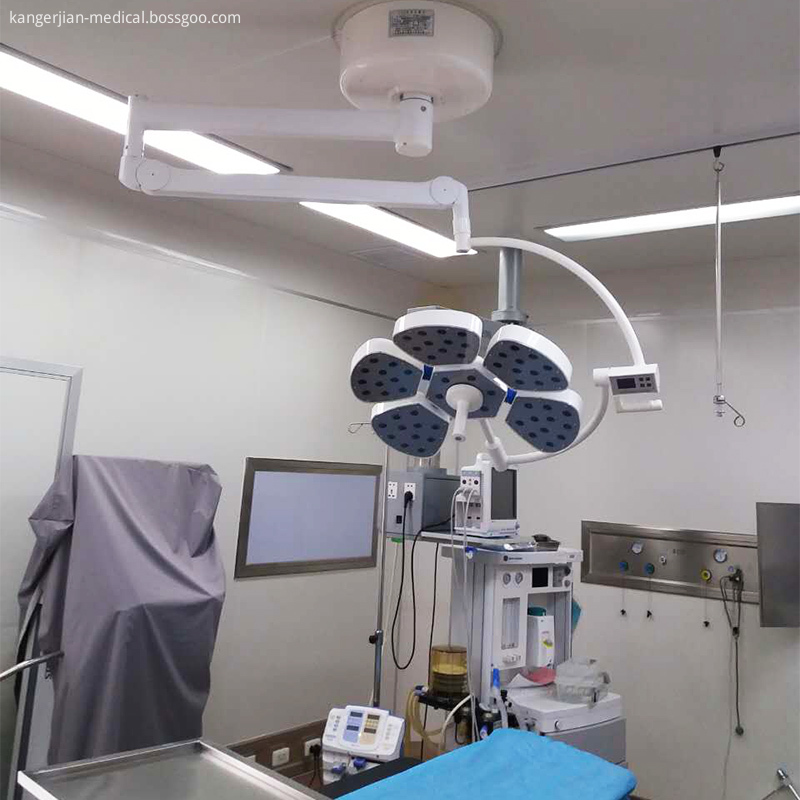Wasp breeding technology
1 main feeding equipment
(1) Bee cage. Made of wood or wire mesh, the volume is approximately 0.03 to 0.04 cubic meters, giving it sufficient room for movement.
(2) Beehive shed. Depending on the size of the harvested beehive, large glass greenhouses, large factories, or specialized bred sheds can be used. The beehive is made of iron and wood as a support, and iron screens are used as fences. The general area is about 100 square meters, and the height is 2m. The shed is planted with corn, soybeans, cotton and other insects that are easy to access insects, and the shed has a screen door on it. . A small dish containing honey, fruit, melon, and other feeds is to be hung in the shed so that the bees can feed and move freely after they are placed.
(3) Beehive. Made of wood, the length of the side is 15 to 20 cm, and the top and bottom are made of thin wood to cover and the bottom. Covers are fitted with hooks, screens are hung around the door, and doors are left on one side.
2 feed fruits, such as ripe apples, peaches, etc.; more water vegetables; molasses; melon and so on.
3 The key issues for feeding and managing wasps are: winter protection female bees are safe to spend in winter, and spring guides early nesting and nesting.
(1) Acquisition. At the end of September and early October each year, the wasps begin to leave their old nests and migrate to suitable places for wintering. At this time, it is most appropriate to collect group bees. At night, the insect nets were collected at the overwintering season of the colony bees and cultured in the bee cages. Each bee cage is put into 300 to 500 heads, and shading with a black cloth, placed in a dry, ventilated, undisturbed empty room, reduce the amount of activity, prompting it to enter hibernation in advance. In order to prevent the bee colony from finding out after nesting, it can be harvested in the original nest in mid-September and placed in a cage or box. The group of bees can use the upward behavior to deliver ripe apples, peaches and more water at the bottom of the cage. vegetables. When the temperature is high at noon, it is sun-dried for 3 to 4 hours, making it active and feeding, delaying the dormancy period, not only supplementing nutrition, but also making it safe for winter. The wasp was a semi-hibernated insect. The temperature dropped to 5°C and began to huddle. The lower the temperature, the tighter the huddle. When the temperature was slightly higher, the hump was loose. When the temperature was higher than 7°C, it began to scatter. The survival rate after winter was mainly related to It is related to good or bad fortune groups. Therefore, during the wintering period, it is necessary to check frequently and the cages are checked once every 10 to 15 days. If you find scattered groups, you should cool down in time to thicken your shading jacket.
(2) Feeding management. At the beginning of March of the second year, the temperature rose above 10°C. The wintering bees began to scatter and move in the cage wall. At this point, should immediately be put into the apple, molasses, sugar mix and other feed for artificial feeding, feeding until mid-April, the cage bee wings for a period of time before they can release the bees and return to nature to build a nest. Artificially assisted nesting is the construction of a beehive under natural conditions. When the temperature is constant at 13°C in the spring, the wintering wasps begin to mobilize in groups. They can move into the shed at night and open the cage door or lid. The wasps fly in the shed. When the temperature is constant above 17°C, bees begin to enter the nesting and spawning stage. Observe them at any time. If there are bees flying at the roof and around the gauze, they should be hung in the shed in time. Half open and firmly. In the breeding bee shed, only the artificially placed bee cage is a suitable nesting place for shading, rain and wind, and the bees naturally fly into the cage. After a short period of adaptation, cleaning the nest with a foot and mouthpiece in the top of the cage, the molasses composition should be added to the feed pan to facilitate the construction of a strong nest handle. Then create the first cell. In the cell, the wasp puts the mushy wood, paper, and other mushy fiber material into the cage after it has been chewed by the mouthpart, sticks to the shank, and is made up slightly. Therefore, it is necessary to put rotten wood inside the beehive. The shed wall yarn hangs some scraps of paper on the net and is ready for use. After the first cell is established, the queen bees will produce 1 bee-egg with a short handle on the near-bottom side wall of the cell. Before the bee eggs are hatched, the bees will quickly connect to the circumferential cells on the side of the first nest under the nest shank and spawn eggs at the edge until the eggs hatch. After the bees continue to spawn, at the same time they take on the task of feeding and rearing larvae. As the nests continue to expand and young bees increase, special attention must be paid to the supply of feed. After 5 months of feeding and management, the diameter of the beehive in the beehive can reach more than 10cm and there are more than 100 bees. The weather is getting colder and the laying of the female bees stops. When the bees in the female bees are to be feathered, the cage doors should be closed to prevent the bees from leaving the nest. Take back the bee cage and use the night bee colony to lay the bee cage upside down. When the bee colonies climb upward and leave the beehive, take the beehive, remove the unfeathering debris, and hang it in a ventilated, dry, no-mouse, insect-free place. Let dry and prepare for medicinal use. When bee colonies flourish, they can also extract bee venom and have higher medicinal value.
4 Disease and Insect Control Techniques Damage The natural enemies of the wasps are numerous, including insects, spiders, birds and rats, as well as diseases caused by pathogenic microorganisms. The most serious species that endanger the hive is the yellow-tailed nest of the Lepidoptera family of the lepidoptera. Adults lay their eggs on the hive at night, and hatch their larvae 4 to 5 days later. The larvae walk through the hive in the hive, bite the wasp larvae, cause the hive to disintegrate, and the clams prefer to do night activities. The bumblebees are active during the day and stay in their nests at night. Any nest clams lay their eggs on the hive and remain indifferent. . Once nests invade the hive, a large number of wasps can die. The first step is to prevent the nest from being built on the ground far away from the ground. Because the natural wasp, generally close to the ground, the beehive is seriously damaged by the nest, lighter from the ground, and the second is the artificial breeding box. The wasps in the nest lay eggs within 2 to 3 days, shutting the beehive door every night to avoid spawning of nests in the beehive. Larvae are prone to rancid disease in hot and rainy seasons and can quickly die of infection after infection. The beehives can be evacuated and sprayed with antibiotics on the hive. In addition, there are crows, magpies, ants, spiders, geckos, and other animals that endanger the wasps. When wintering in the winter, rats will also eat swarms of overwintering wasps. These need to be strengthened.
5 Roughing and Application of Products During the larval stage and pupal stage, after the natural or artificially preserved wasps are picked up, the hives are steamed, the larvae and cockroaches are removed, dried and then placed in a dry place without crushing. Then, they were chopped and used, and 1 kg of licorice was used per kilogram, and the juice and the hive were mixed well and fry until slightly yellow. The shape of the hive is not the same. There are handles attached to the object on the back. There are many hexagonal holes on the front surface. The light and tough material is like paper and smelly. It is better to use large, neat, grayish, light, soft, elastic, no dead bees and eggs. The processed bees and other Chinese medicines can be used together to make gum bleeding, acute mastitis, breast milk, breast tenderness, skin blemishes, tinea capitis, and sore throat swelling. The collected larvae and cockroaches can be processed into various flavors of food by using methods such as frying, frying, frying, boiling, and the like. It is also possible to make bee larvae and bee tin cans, or to extract proteins and amino acids.
Imported French lens
Mould Die-casting Eight edge type Revolving arm
Each LED can be replaced individually, which guarantees maximum economy.
Configuring lightweight balance arm suspension system ,six groups universal joint linkage ,mobile, lightweight positioning and stablibity .A 360°all-round design ,can meet the need for surgery in different heights and angles.
Color temperature constant, soft, very close to the natural sun light.
The use of liquid crystal display button control, to meet the needs of the medical staff of different patients with the brightness of the operation.


Flower Type Operating Light,Operating Room Lights,Petal Led Surgical Lights,Petal Type Led Surgical Lights
Shandong Kang'erjian Medical Technology Ltd. , http://www.kangerjian-medical.com